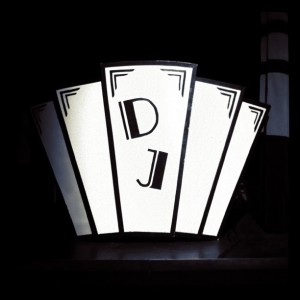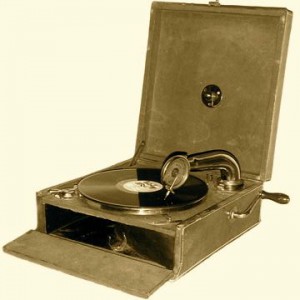I have the feeling that many iTunes users still don't know how powerful Smart Playlists (for my German speaking readers: Intelligente Wiedergabelisten) are.
When Apple introduced them many years ago, I was immediately hooked and it changed the way how I organize and sort music forever.
To really benefit from the flexibility of Smart Playlists, you need a good system of pre-organizing your music with tags, BPM and ratings.
If you missed these posts, please check out part 1: Tagging and part 2: BPM & Rating of the series «How to Organize Music in iTunes» before you read further.
Now, let's dive into the topic:
Smart Playlists for Swing DJs
I use Smart Playlists in many different ways, but in this post I would like to focus on Swing DJ playlists.
An Example
I would like to have a playlist with all the Balboa tunes in the library, they should have BPM included and a rating between 4 and 5 stars. Christmas songs should be excluded.
As you know from my post about tagging, my genre tags for Balboa are «Sw Bal» and for Christmas «Xmas».
How to create a Smart Playlist in iTunes
So, I step you through the process of creating a Smart Playlist.
- in iTunes, click in the menu bar «File» and then «New Smart Playlist…» (in German: «Ablage», «Neue intelligente Wiedergabeliste …»)
- a window «Smart Playlist» opens and «Match the following rule:» is checked
- change «Artist» to «Genre«, keep «contains«, write in the empty field «Sw Bal» and press «+» on the right
- in the new (second) row choose «Genre«, then «does not contain«, write «Xmas«, press «+» on the right
- in the new (third) row choose «BPM«, then «is greater than«, write «1«, press «+» on the right
- in the new (fourth) row choose «Rating«, then «is in the range«, click four stars on the left and five stars on the right
- check «Match only checked items» (optional)
- make sure that «all» is chosen for «Match all of the following rules:» and also that «Live updating» is checked
- press «OK«. In the right side bar, you find now a playlist called «untitled playlist«
- click on this new playlist to edit the title and write something like «Swing DJ Bal»
After step 8, it looks like that:
If you want to edit the playlist, just go back to «File» and click «Edit Smart Playlist«.
Why is this so powerful?
When you checked «Live updating«, then every new tune you add to the library will be automatically added to this playlist, in case it matches all the defined rules. Your playlist is always up to date!
From my everyday life as Swing DJ
- I've created many different smart playlists. For my Swing DJ sets I usually use two: one for Lindy Hop and one for Balboa. These playlists consist only of 4- and 5-star rated songs, BPM are mandatory for me.
- Some are sorted by tempo, for example 110-120 bpm, 120-130 bpm and so on.
- One playlist includes all swing songs without bpm and rating. That's my source to find new suitable songs for dancers.
- There are also smart playlists with 3-star rated songs to listen through. It might be that my music taste has changed and I would rate some of these songs higher now.
- In Herräng there was this masquerade night where I needed Hawaiian swing (check out Staff DJ in Herräng). First of all, I created a smart playlist, as explained earlier in this post, and set additionally «Genre» contains «Haw». Then I browsed through my library and wrote in all Hawaiian swing songs the «Haw» tag in the genre field (so it looked like «Sw Bal Haw», for example). I didn't have to care if I had got all of the songs, they were all automatically in the right place.
- Of course, I also have regular playlists in use. For example for dance or musicality classes, or for my Song of the Week :).
Well, we have reached the ending of the series.
I hope, this post has been helpful and inspiring!
Let me know what do you think about it.
What else are you interested in? Please share your thoughts!
Do you have any questions about Smart Playlists? I'll answer them in the comments below!
Here are the links to part 1 and part 2:
How to Organize Music in iTunes. Part 1: Tagging
How to Organize Music in iTunes. Part 2: BPM & Rating
If you like this post, then check out Swing DJ Resources for more articles for Swing DJs.




![Packed Dansbanan - View from DJ stand [Herräng Dance Camp]](https://shuffleprojects.com/wp-content/uploads/2011/09/Dansbanan-Herrang-Dance-Camp-300x300.jpg)
